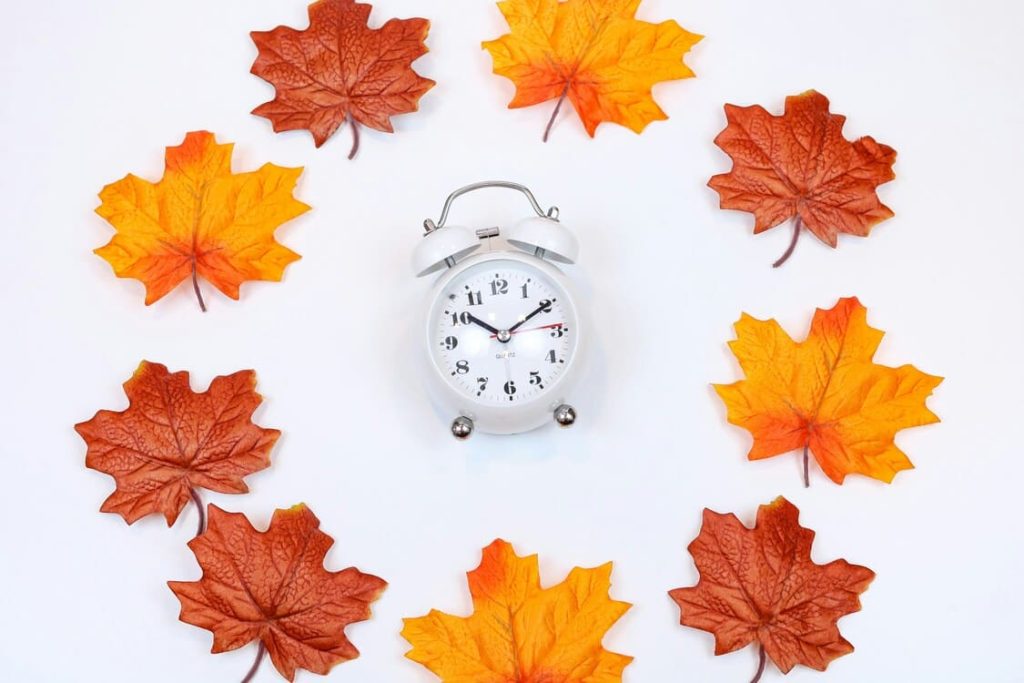Dive into the intriguing world of daylight saving time (DST) This article delves into its history, impacts, and ongoing debates, equipping you with insightful knowledge.
When does daylight saving time occur?
Gear up for the annual time shift! Daylight Saving Time commences in the United States on the second Sunday of March. As clocks spring forward at 2:00 AM, most Americans lose an hour of sleep, gaining an extra hour of sunlight in the evening until fall. This period concludes on the first Sunday of November, when clocks fall back one hour.
Springing Forward: Losing or Gaining an Hour?
The term “spring forward” can be deceiving. When the clocks change, you actually lose an hour of sleep. Imagine waking up at 8:00 AM on the Sunday after the shift; it will feel more like 7:00 AM due to the missing hour.

Unveiling the Origins of Daylight Saving Time
The concept of DST boasts a surprisingly convoluted history. While farmers are often credited with its creation for extended daylight hours, they actually opposed its implementation. Benjamin Franklin’s name also surfaces in DST lore, but it stems from a satirical essay he wrote in 1784.
The true origin story traces back to 1916. Germany implemented DST to conserve fuel during World War I. The U.S. Embassy in Berlin relayed this information to Washington, D.C., highlighting the potential millions saved by limiting artificial light usage. This practice spread across Europe, prompting the U.S. to adopt it in 1918.
The story takes another turn in 1919, when Congress repealed DST, despite President Woodrow Wilson’s veto attempt. Individual states were then given the authority to decide on its observance. World War II saw a return to year-round DST to conserve energy, with a similar, unsuccessful attempt in 1974.
The Uniform Time Act of 1966 established the current system. Initially, DST began in April and ended in October. Later modifications shifted the start date to the second Sunday of March and the end date to the first Sunday of November.
Daylight Saving Time: Geographical Exceptions
Not all locations adhere to DST. Arizona has opted out since 1968, with the exception of the Navajo Nation, which observes the time change. Likewise, Hawaii has remained DST-free since 1967.
U.S. territories like American Samoa, Guam, the Northern Mariana Islands, Puerto Rico, and the U.S. Virgin Islands also forego DST. Interestingly, only about a third of the world observes DST, with most participating countries concentrated in Europe and a few scattered across Latin America and the Caribbean. Africa has just one DST-observing nation: Egypt.
The Downside of Daylight Saving Time
The loss of sleep caused by DST has significant consequences. The National Sleep Foundation emphasizes the disruption of circadian rhythms, which can lead to:
- Increased heart attacks: Studies suggest a rise in heart attacks in the days following the time change.
- Workplace injuries: Sleep deprivation can heighten the risk of accidents at work.
- Higher stroke risk: Research from 2016 indicates a potential link between DST and ischemic strokes.
- General health issues: Disrupted sleep patterns can negatively impact overall health and well-being.
The American Automobile Association (AAA) warns of the dangers of drowsy driving associated with less sleep. They recommend prioritizing a full seven hours of sleep during the time change period.
Will daylight saving time end soon?
The future of DST in the U.S. remains uncertain. While a bill proposing permanent DST passed the Senate in 2022, it failed to gain traction in the House. A new bill introduced in March 2023 awaits further action in both chambers.
A 2022 CBS News/YouGov poll revealed that nearly 80% of Americans favor altering the current system. Interestingly, 46% expressed a preference for permanent DST with evening sunlight.
Beyond Daylight Saving Time: Exploring Alternatives
The debate surrounding DST extends beyond simply ending it. Some advocate for permanent standard time, citing the health drawbacks of DST. Others propose alternative DST schedules with smaller time shifts to minimize disruptions.
Finding the optimal solution requires careful consideration of various factors, including:
- Potential health impacts
- Economic effects
- Public opinion
FAQs About Daylight Saving Time
Here are some frequently asked questions regarding DST:
1. Can DST be permanently adopted?
The Sunshine Protection Act proposed permanent DST, but it awaits Congressional approval.
2. Does DST actually save energy?
Studies on energy savings associated with DST are inconclusive.
3. How can I adjust to the time change?
Gradually adjust your sleep schedule in the days leading up to the time change.
4. What are the health effects of DST?
Potential health effects include sleep disruption, mood swings, and increased risk of certain health conditions.
5. Is DST observed worldwide?
No, DST is not universally observed. Many countries, particularly near the equator, forego DST due to minimal seasonal variations in daylight hours.
Conclusion
Daylight Saving Time remains a topic of debate, with arguments for and against its continued observance. As we prepare to “spring forward” in 2024, understanding the purpose, potential impacts, and ongoing discussions surrounding DST empowers us to make informed decisions about this time-honored practice.